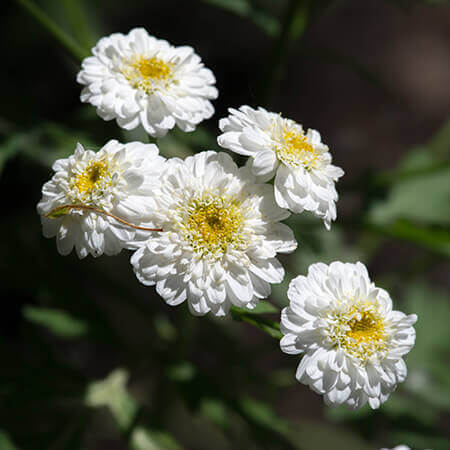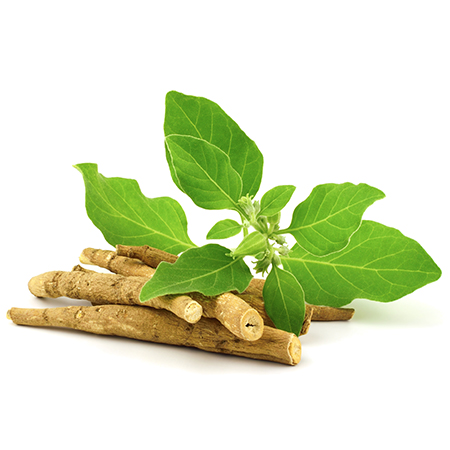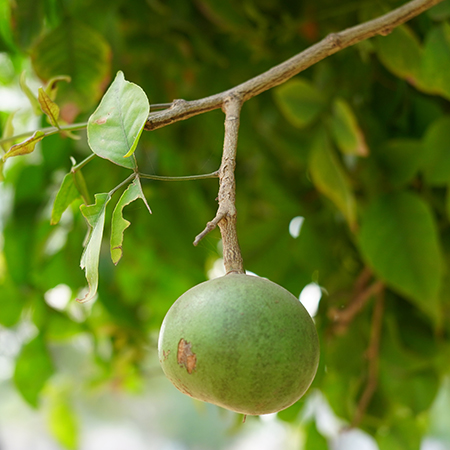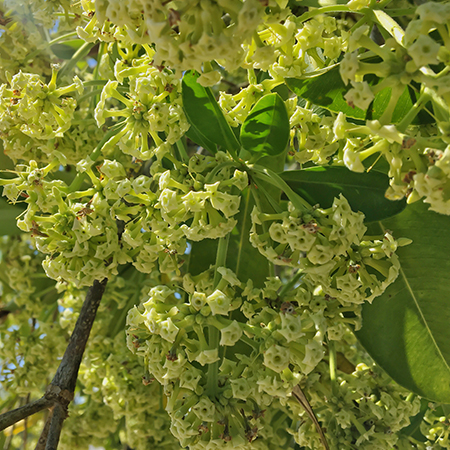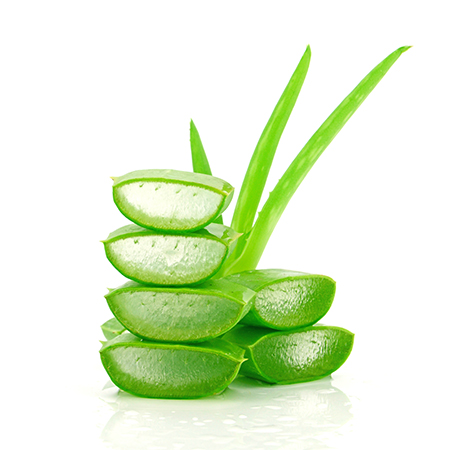Ayurveda and Science
Yavasa/यावसा/Javasa/Alhagi camelorum/Camel Thorn
AYURVEDIC & MEDICINAL PLANTS
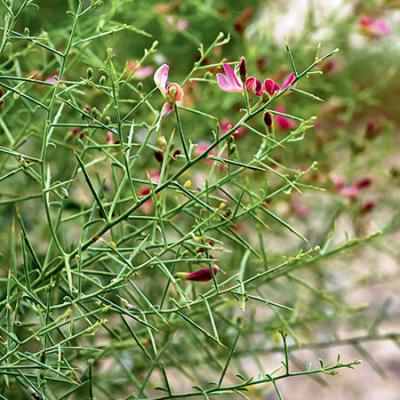
FLOWERS: June-July. Two-6 short-stalked flowers are produced alternately along each thorn branchlet axis. Flowers pea-like, with magenta to pink petals 8-9 mm long. FRUITS and SEEDS: July-August. Pods (loments) reddish-brown at maturity, slender, often curved, 1-3 cm long, constricted between seeds, and often tipped with a small spine.
Alhagi Camelorum Medicinal Uses
The whole plant is diaphoretic, diuretic, expectorant and laxative. An oil from the leaves is used in the treatment of rheumatism in Indian Ayurveda. The flowers are used in the treatment of piles. It is also used in vomiting, stomachache and constipation. Yavas plant is an excellent ayurvedic medicine for constipation. The juice of leaves is instilled in nose in headache.
Chemical Composition
The Camel thorn secretes a sticky liquid, which is known as manna. The principal constituent of pure manna is mannite (C6H8 [OH] 6), 90 per cent, with 11 per cent of sugar and about 0.75 per cent of impurities. Inferior sorts of manna contain mucilage, cane sugar, laevulose, dextrin, bitter substances soluble in ether, and fraxin (C16H18O10), a fluorescent glucosid resembling aesculin. Mannite (mannitol) (C6H8[OH]6, or C6H14O6) may be readily prepared from manna by digesting it in hot alcohol; on cooling, the mannite forms in tufts of silky, quadrangular prisms.













